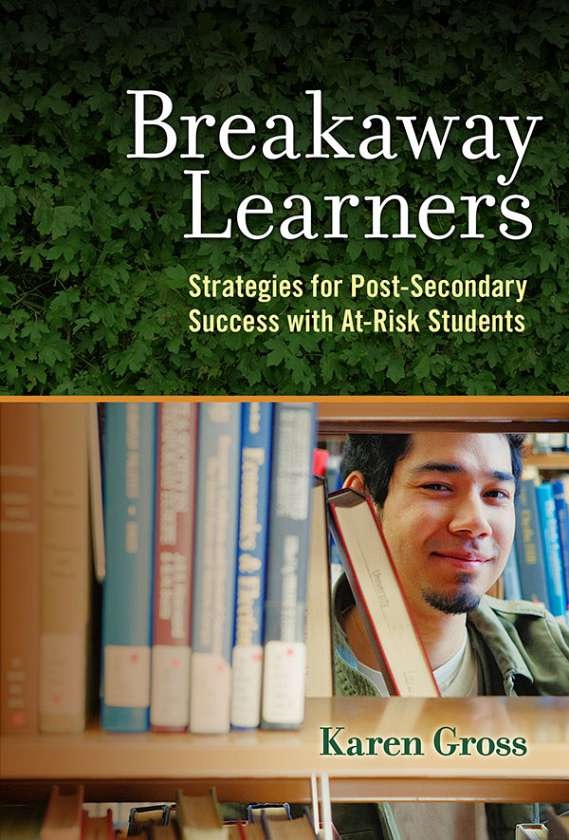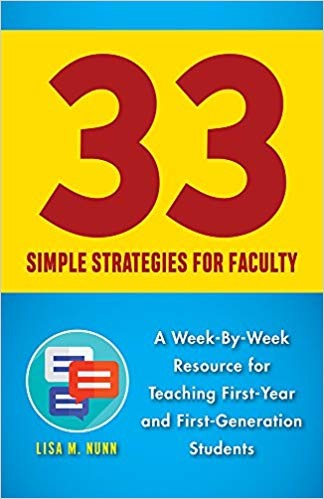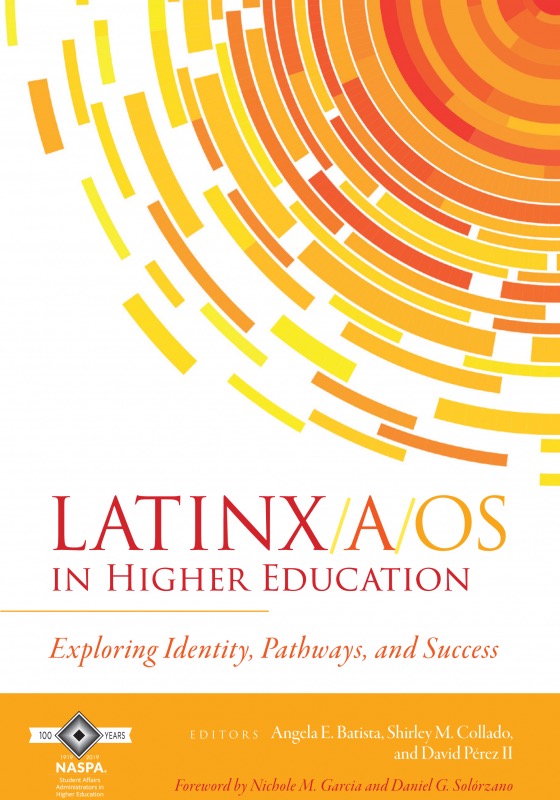student success
Select an item by clicking its checkbox
Date Reviewed: June 22, 2021
33 Simple Strategies for Faculty is a guidebook filled with ...
33 Simple Strategies for Faculty is a guidebook filled with practical solutions to this problem. It gives college faculty concrete exercises and tools they can use both inside and outside of the classroom to effectively bolster the academic success and wellbeing of their students. To devise these strategies, educational sociologist Lisa M. Nunn talked with a variety of first-year college students, learning what they find baffling and frustrating about their classes, as well as what they love about their professors’ teaching.
Combining student perspectives with the latest research on bridging the academic achievement gap, she shows how professors can make a difference by spending as little as fifteen minutes a week helping their students acculturate to college life. Whether you are a new faculty member or a tenured professor, you are sure to find 33 Simple Strategies for Faculty to be an invaluable resource. (From the Publisher)
Date Reviewed: June 16, 2021
Organized in five sections, this edited collection explores a number of critical topics, including:
-The current Latinx/a/o enrollment and success landscape
-Closing the attainment gap for Latinx/a/o students
-Advocacy and policymaking, with in-depth discussion of legislative policies and institutional practices related to undocumented students -Identity, cultural values and norms, gender, and sexuality in the Latinx/a/o community
-Advancing an anti-deficit achievement framework
-Developing pathways to access and success for Latinx/a/o students, particularly the role of community colleges and honors programs
As the Latinx/a/o population continues to grow rapidly, the need to develop promising pathways within success-oriented environments for Latinx/a/o students and professionals in higher education is now more important than ever. This indispensable publication will inform and guide student affairs and higher education in advancing the conditions necessary for Latinx/a/o students, faculty, and professionals to thrive. (From the Publisher)

Breakaway Learners Strategies for Post-Secondary Success with At-Risk Students
Date Reviewed: December 12, 2017
Two root words for education, educare and educere respectively express the complementary principles, to train or mold, and to lead out from. Of the two root words, Karen Gross’s book exemplifies educere, to lead out from, since her basic premise is to meet “students where they are and asks – demands – that institutions do vastly more to understand and respond to the students now enrolled in our educational system” (15). More than a student-centered learning approach to education, Gross suggests that the educational system as a whole should assist students in developing lasticity, a term she uses to describe the quality necessary to enable breakaway students not only to complete their degrees, but also to succeed as adults in the working environment.
Gross prefers the term “breakaway learners” rather than “at-risk learners” because it describes more accurately that these students are breaking away from the societal, economic, and familial circumstances that often have hindered their progress in the educational system. She notes that these students have developed the capacity, often overlooked, for lasticity. She defines lasticity as a set of conditions that enables individuals to flourish in education and life. Lasticity is built upon a two-part equation of six qualities (the six Ts) and five building blocks. While she does explain the six Ts (trust, transparency, tranquility, teachers and teaching, tolerance, and temperance), Gross focuses mostly upon the five building blocks of elasticity, plasticity, pivoting right, reciprocity, and belief in self. Within her chapters, she provides clear examples of each of these five building blocks, noting that the first three are centered on the students themselves, whereas the last two require engagement between students and institution. For example, her chapter “Pivoting Right,” while centering on the individual, does describe four ways educators can foster making wise decisions.
While Gross addresses developing lasticity in higher education, she also notes that the educational system as a whole, from early childhood to college, requires a re-examination of its purpose and goals. As such, Gross recognizes the challenge of changing the educational pipeline and landscape that would enable the development of lasticity. She identifies both macro and micro challenges that need to be surmounted. Further, she addresses the hurdle of money and provides suggestions as to how to assist students better, even to the recommendation of changing the FAFSA form itself to make it more accessible to all parents and students.
Even though her text focuses on changing the educational pipeline, some of her examples can be used now by educators and within institutions. Developing trust, enabling student voices, and encouraging belief in self can be done in many of the ways she suggests as well as through understanding better those whom we help learn along the journey of life. In essence, Gross would probably agree that the process begins with changing the focus of education from educare to educere.

